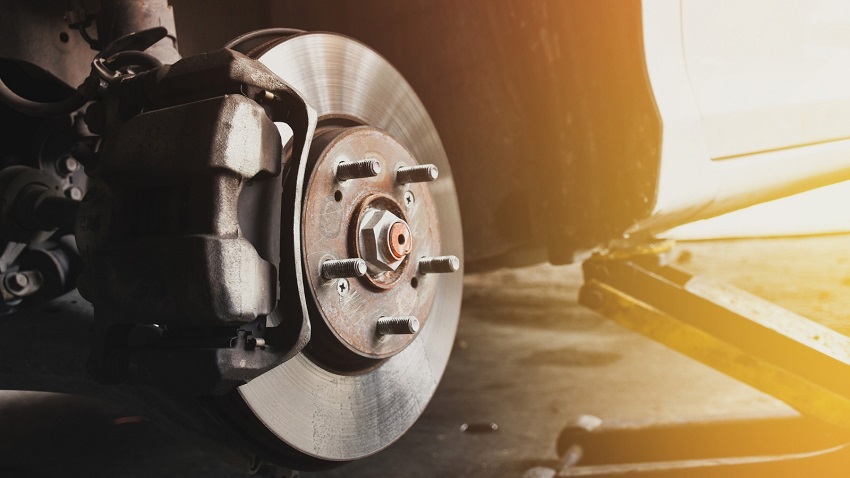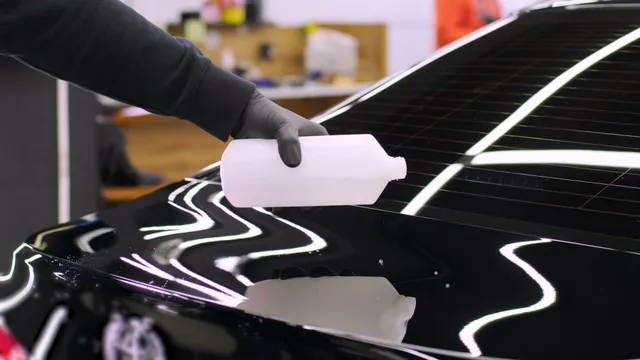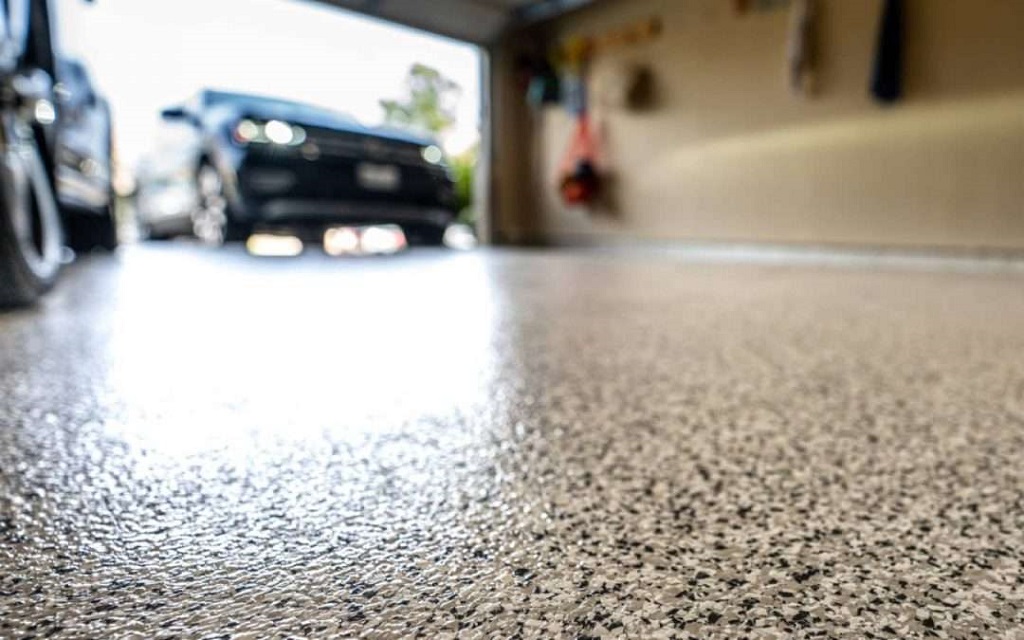Are you tired of that annoying squeaking sound whenever you hit the brakes? Brake squeaking can be quite bothersome and can indicate potential problems with your braking system. The good news is that you can address this issue without taking the tire off. In this article, we will guide you through how to stop brakes from squeaking without taking tire off, ensuring smooth and quiet braking performance. So let’s dive in!
Understanding Brake Squeaking
Brake squeaking can occur when certain braking system components come into contact and produce vibrations. These vibrations are responsible for the annoying noise you hear. While brake squeaking is often harmless, it can also indicate worn-out brake pads, dust and debris build-up, improper brake installation, or rusted brake components. To discover how to tell if someone put a screw in your tire, it’s important to visually inspect the tire surface and look for any foreign objects, such as screws or nails, embedded in the tread. Additionally, if you notice a sudden loss of tire pressure, it could indicate a puncture caused by a screw.
Causes of Brake Squeaking
Worn-out Brake Pads
One of the most common causes of brake squeaking is worn-out brake pads. As the brake pads wear down, a metal indicator starts rubbing against the rotor, producing a squeaking sound. Replacing the brake pads is essential to eliminate this type of squeaking.
Dust and Debris Build-up
Over time, brake dust and debris can accumulate on the brake components, leading to squeaking. Cleaning the brakes thoroughly can help remove dust and debris, restoring proper functioning and reducing noise.
Improper Brake Installation
If the brakes were not installed correctly, it can result in uneven contact between the pads and the rotor. This uneven contact can cause vibrations and squeak. Adjusting the brake components to ensure proper installation can solve this issue.
Rusted Brake Components
Rust can form on the brake components, causing friction and noise. Regular maintenance and lubrication of the brake system can prevent rusting and minimize squeaking.
Safety Precautions
Before working on your brakes, taking some safety precautions is crucial. Here are a few steps you should follow:
- Park your vehicle on a level surface and engage the parking brake.
- Wear protective gloves and safety glasses to prevent any injuries.
- Allow your brakes to cool down if you’ve been driving recently. Hot brakes can cause burns.
- If you’re unsure about any step or lack the necessary knowledge, it’s best to consult a professional mechanic.
Tools and Materials Needed
To stop brakes from squeaking, you’ll need the following tools and materials:
- Jack and Jack stands
- Lug wrench
- Brake cleaner
- Wire brush
- Brake lubricant
- Torque wrench
- Screwdriver
- Brake pads (if necessary)
Gathering these tools and materials beforehand will ensure a smooth and efficient process.
Step 1: Inspecting the Brake Pads
The first step is to inspect the condition of your brake pads. Follow these steps:
- Loosen the wheel’s lug nuts where you want to inspect the brakes.
- Use a jack to raise the vehicle and secure it with jack stands.
- Remove the wheel and locate the brake caliper.
- Check the brake pads for thickness and signs of wear.
- If the brake pads are worn down, replace them with new ones.
Step 2: Cleaning the Brake Components
Cleaning the brake components is crucial for optimal performance. Here’s what you need to do:
- Spray brake cleaner on the brake caliper, rotor, and pads.
- Use a wire brush to remove dirt, dust, and debris.
- Wipe the components clean with a lint-free cloth.
- Repeat the process for all brake components.
Step 3: Lubricating the Brake Components
Lubricating the brake components helps reduce friction and noise. Follow these steps:
- Apply a thin layer of brake lubricant to the back of the brake pads.
- Use the appropriate lubricant on the caliper slide pins and contact points.
- Ensure even distribution of the lubricant.
- Avoid getting any lubricant on the rotor or brake pad surface.
Step 4: Adjusting the Brake Caliper
Improper brake caliper alignment can cause squeaking. Follow these steps to adjust the brake caliper:
- Loosen the caliper mounting bolts.
- Gently push the caliper back and forth to realign it.
- Tighten the mounting bolts to the manufacturer’s specifications.
- Repeat the process for all brake calipers.
Step 5: Bedding-in the Brakes
Bedding-in the brakes helps to transfer an even layer of friction material onto the rotor surface, ensuring optimal performance and reducing noise. Here’s how to do it:
- Find a safe location to perform a few moderate stops at a moderate speed.
- Gradually increase the speed and apply the brakes with medium pressure.
- Repeat this process for approximately 10 to 15 times.
- Allow the brakes to cool down before proceeding.
Step 6: Test Drive and Final Checks
After completing the previous steps, testing the brakes and performing some final checks is essential. Here’s what you should do:
- Carefully lower the vehicle off the jack stands.
- Tighten the lug nuts to the manufacturer’s specifications.
- Take the vehicle for a test drive, paying attention to unusual noises.
- If the brakes are still squeaking, consider seeking professional assistance.
Preventive Measures to Avoid Brake Squeaking
To prevent brake squeaking in the future, consider the following preventive measures:
- Regularly clean the brake components and remove any dust or debris.
- Lubricate the brake system during regular maintenance.
- Avoid aggressive braking and sudden stops whenever possible.
- Choose high-quality brake pads and components for replacements.
Additional Tips and Advice
- If you’re uncertain about performing the steps, consult a qualified mechanic.
- Stay vigilant and address any brake issues promptly to ensure your safety on the road.
- Remember to follow the manufacturer’s instructions and guidelines for your specific vehicle.
Conclusion
Stopping brakes from squeaking without taking the tire off is achievable with the right knowledge and steps. By inspecting and cleaning the brake components, lubricating them, and adjusting the caliper, you can eliminate brake squeaking and enjoy quiet and efficient braking. Remember to take necessary safety precautions and consider seeking professional assistance if needed.





